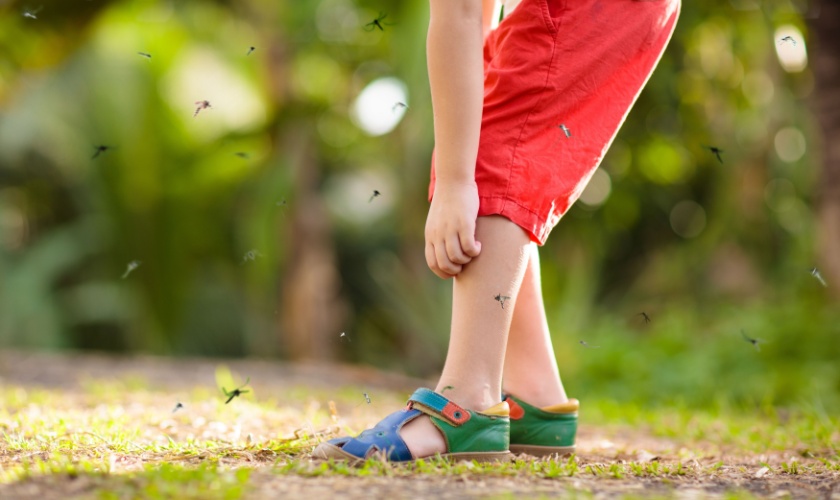Discovering a mosquito infestation in your yard can quickly turn outdoor activities into uncomfortable, itchy experiences. Mosquitoes aren’t just a nuisance; they can also carry diseases that put your family’s health at risk. Fortunately, there are effective steps you can take to address the problem and reclaim your outdoor space.
Step 1: Identify the Source
The first step in tackling a mosquito infestation is to figure out where they’re coming from. Mosquitoes breed in standing water, so look for common sources around your yard, including:
- Clogged gutters and drains
- Flowerpots and plant saucers
- Birdbaths
- Kiddie pools or old tires
- Low spots in the yard that collect rainwater
Once you’ve located these breeding grounds, you can take action to eliminate them.
Step 2: Eliminate Standing Water
Since mosquitoes need standing water to lay eggs, removing it can significantly reduce their population. Here’s how:
- Empty or remove containers that collect water.
- Change the water in birdbaths and pet bowls frequently.
- Ensure that your gutters are clean and free of debris.
- Fill in low areas of your yard where water pools after rain.
- Repair leaky outdoor faucets or irrigation systems.
By making it harder for mosquitoes to breed, you’ll reduce the number of mosquitoes in your yard over time.
Step 3: Use Mosquito-Repelling Plants and Natural Deterrents
Certain plants are known to repel mosquitoes naturally. Adding these to your garden or patio can help deter mosquitoes:
- Citronella
- Lavender
- Marigolds
- Lemongrass
- Mint
You can also use natural deterrents like essential oils (peppermint, tea tree, or eucalyptus) in diffusers or sprays to keep mosquitoes away from seating areas. While these methods won’t eliminate an infestation, they can provide relief in smaller spaces.
Step 4: Apply Yard Treatments
For larger infestations, targeted treatments may be necessary. Options include:
- Larvicides: Products like mosquito dunks can be placed in water features to kill mosquito larvae before they hatch.
- Insecticides: Yard sprays or foggers can reduce adult mosquito populations, but they need to be used carefully and according to the manufacturer’s instructions.
- Barrier Treatments: Residual sprays applied to shrubs, grass, and fences create a protective barrier that repels mosquitoes for weeks.
These treatments are more effective when applied consistently and in combination with other control measures.
Step 5: Maintain a Mosquito-Free Yard
Once you’ve addressed the immediate infestation, maintaining your yard can prevent future problems:
- Keep vegetation trimmed and neat to reduce shady resting spots.
- Regularly check for and remove any new sources of standing water.
- Install or repair screens on windows and doors to keep mosquitoes out of your home.
- Consider using outdoor fans, as mosquitoes are weak fliers and tend to avoid areas with strong airflow.
When to Call a Professional
If your efforts don’t significantly reduce the mosquito population or if the infestation is particularly severe, it’s time to call a professional pest control service. Experts can:
- Conduct a thorough inspection to identify hidden breeding sites.
- Apply professional-grade treatments that are more effective than DIY options.
- Offer ongoing maintenance plans to keep mosquitoes under control year-round.
A mosquito infestation in your yard can be frustrating, but it’s not insurmountable. By identifying breeding grounds, eliminating standing water, using natural deterrents, and applying targeted treatments, you can significantly reduce the mosquito population. And if the problem persists, don’t hesitate to contact a professional exterminator for comprehensive, long-lasting solutions.

